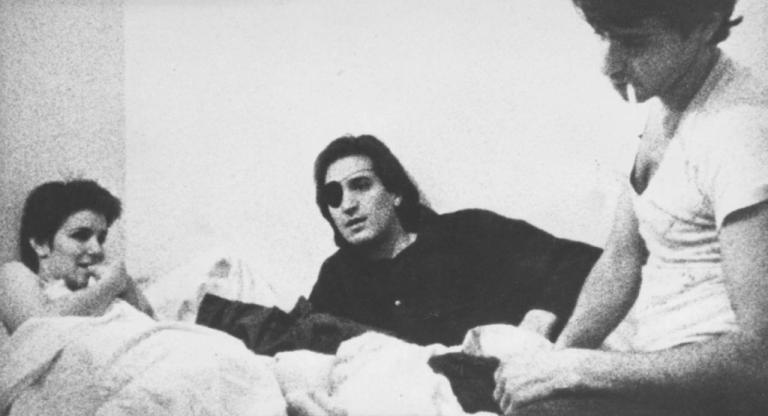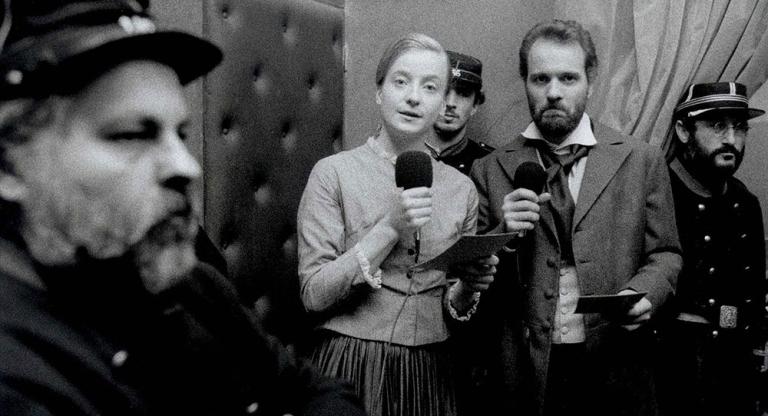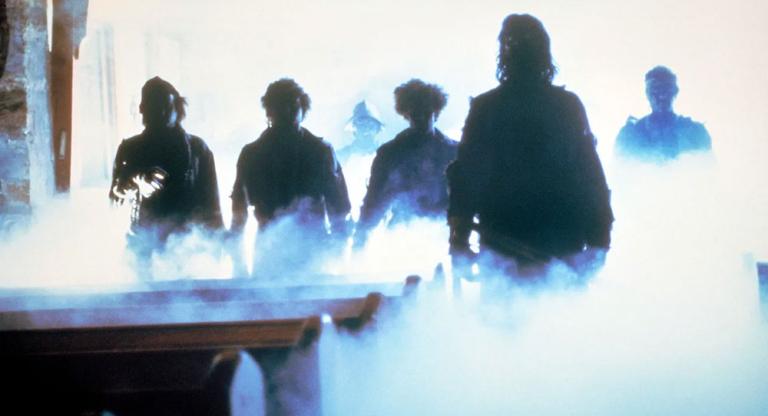
Mario Bava’s final theatrical film, 1977’s Shock, doesn’t break any new ground when it comes to story: a woman, her young son, and her husband move back into the house where she lived seven years earlier with her first husband, a troubled drug addict who committed suicide. After moving in, strange things begin to happen. This fairly uninspired plot may be the reason the film is unfairly dismissed. The story however, is a mere means to an end for Bava, simply supplying the foundational narrative pretext on which the Maestro builds his final funhouse.
In Shock, Bava reveals himself to be not merely a pop-minded colorist and fantasy genius, but a master of camera placement and trickery of the most economical and brilliant sort. Washes of color are replaced with a gloomier, more realistic brand of atmosphere allowing the real stars of the show to become the effects, achieved with occasional optical distortion and most often with simple, precise framing.
As the film proceeds, its single location is turned into a twisting, turning maze of slamming doors, creeping hands, and shadows. The mechanics of film illusion are what the viewer encounters, proceeding from one simple yet ingenious invention to another. At points Bava even seems to add reflexive nods to the film’s preoccupation with cinematic magic tricks. In one instance Dora’s (Daria Nicolodi) son casts shadows on the wall by shining light through a cutout in a piece of paper, evoking the most primitive iterations of moving image shadowplay. The film also takes a moment to linger on a puppet show in the park, paying homage to narrative cinema’s theatrical roots, and even tips its hat to parallel editing in a simple yet effective scene of cross-cutting between a child’s tree swing and a plane experiencing wild turbulence. There is a poetic relationship between Bava’s house of horrors, filled with magic and tricks, and the childlike vision of the young boy in the film. Shock, while partly a tribute to youthful imagination, is also a finely crafted work of interconnecting parts resembling a lock with its mechanical elegance—like the one which is opened and closed several times in close-up in the film. Bava’s final film is both a statement on the art of movie magic and a finely crafted object itself, in which the Maestro uses his expert trickery to give the audience just what the title promises.


